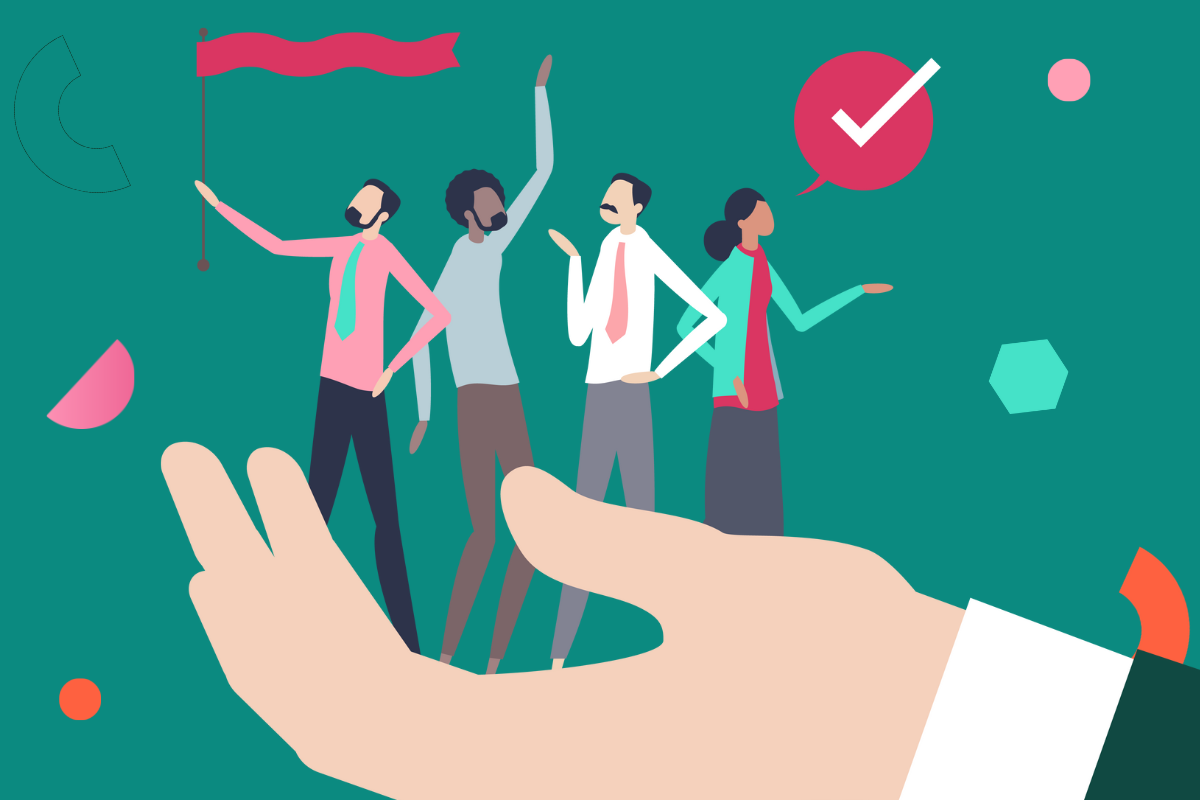Mastery Platforms
Mastery platforms create a new way of learning. They combine mastery-based knowledge with technology, small group settings, and scalability. In addition to bringing true modernity to L&D, they also result in excellent metrics as proof of concept value.
What Are Mastery Platforms?
The simplest explanation of mastery platforms is that they are a corporate learning technology. They enable employees to acquire the skills they need to function and excel. However, connected to this definition are various innovations and developments in the L&D world that make mastery platforms very different from their predecessors, namely, learning management systems (LMS).
Here are the main characteristics of a mastery platform:
Mastery Learning
The idea of mastery learning was created by educational psychologist Benjamin Bloom in 1968. Bloom felt that the best way to acquire a complex skill is to build a solid knowledge level at every stage in a “crawl, walk, run” manner. The key is that the student must master the initial block of material in order to progress by showing a high level of aptitude. But this demand is balanced by a style of learning that accommodates the employee, who can set the pace of training and receive additional resources if needed.
Power Skills
HR professionals are well aware of the growing need for soft skills in any organization. They are often seen as at least as essential as hard skills, which can often be outsourced or provided by employees hired specifically for that reason. In addition, workplace soft skills often change (think of the effect of COVID-19 on the workforce). Those skills that currently provide employees with the ability to cooperate, lead, create productivity, and ensure personal development are known as Power Skills.
Expert Instruction
The type of workplace learning required for mastery depends on both a dedicated employee and a talented instructor. It takes a high level of knowledge of both the subject matter and teaching techniques to impart Power Skills on employees. This is even more of a challenge when considering that these skills change frequently. So finding experts who are up to date and effective can be difficult. For these reasons, a mastery platform should:
- Enable HR professionals to easily identify relevant instructors
- Be expansive enough to cover a wide range of Power Skills
- Have an evaluation system as a way to check the quality of the instructor
Due to such complex needs, mastery platforms often involve AI and Big Data in order to populate and search an extensive database.
Setting
In connection with the personalized pace of mastery learning, setting is also a feature of related platforms. The concept of video instruction over an LMS was acceptable in the days before technology gave corporations and employees a much wider range of choices. To accommodate different learning styles, particularly those of younger generations, a mastery platform should deliver:
- Live events
- Hands-on learning opportunities
- Feedback mechanisms
- Gradable assignments
- Interactivity between both peers and experts
- The ability to adjust to type of expert (coach, mentor, or technical trainer) and the learning environment that they recommend
Scale
One of the historical challenges of L&D programs is scalability. There is a general tendency to allocate a large portion of L&D funding to a relatively small number of executives because of the simple administration of related courses. But when a company has thousands of employees and each needs training in their area of expertise, the process of identifying skill gaps and providing relevant courses can be overwhelming. For this reason, mastery platforms also need the capability of organizing large numbers of employees into smaller groups with common learning needs. Note that advanced platforms can even provide L&D on an individual basis.
Evaluation System
As mentioned above, a mastery platform should have some method for grading instructors. Beyond that concept, however, the entire system should make it easy for HR teams to analyze the effectiveness of the platform, for example:
1. Cost-benefit calculations.
One area of frustration for both HR departments and the organization is the ability to link learning outcomes to value. However, it is possible to boil down important aspects of an L&D program to quantifiable elements.
2. Student performance.
Declaring that an employee has mastered a certain subject should be linked to a clear and repeatable standard.
3. Course assessment.
Feedback is needed at all stages of an L&D initiative. Immediate feedback allows the HR team to determine if a course has gotten off on the wrong foot, or if the employee should consider a different approach. Similarly, at the conclusion of a course, scores are vital for deciding to continue working with a particular instructor or subject. According to Josh Bersin, you should expect employees to achieve 90% completion rates and report Net Promoter Scores above 60 when using mastery platforms.
Growthspace, a Leading Mastery Platform
Josh Bersin, perhaps the most well-known L&D industry expert, lists Growthspace as a top mastery platform. Having been founded in 2018, and before the idea of mastery platforms really took off, Growthspace is not consciously based on it. But it’s just one more concept that Growthspace got right. Others are its ease of use, global database of experts, and ability to personalize talent development. Driven by its considerable success, Growthspace continues to innovate.













